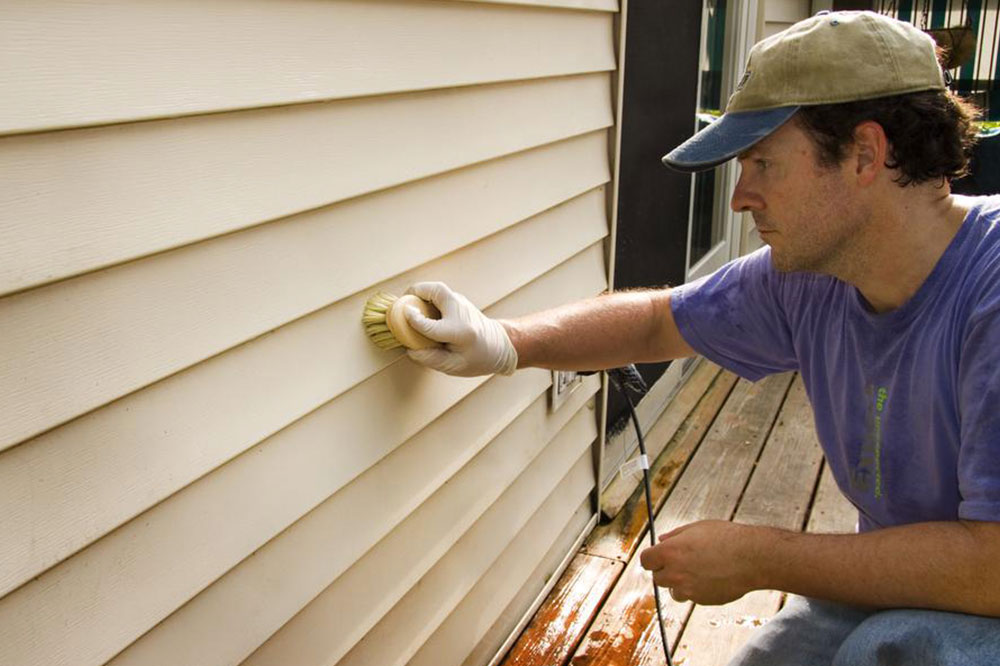Essential Insights and Solutions for Mold Issues
This article provides essential information on mold, including health impacts, common growth areas, testing options, and professional removal methods. It aims to educate homeowners and property managers about early detection and effective mold management to prevent property damage and health issues.

Key Questions About Mold and How to Handle Them
Mold Facts: Common Questions Answered
Mold is a fungus present both inside and outside buildings, with thousands of species existing worldwide. Common indoor mold types include Penicillium, Aspergillus, Cladosporium, and Alternaria. The CDC recommends against routine mold testing and suggests understanding mold basics for prevention purposes. Mold can cause property damage and health concerns. Being aware of mold-related issues enables early detection and effective control measures.
Below are frequently asked questions about mold:
What effects does mold have on health?
Exposure does not affect everyone equally, but some may experience symptoms like wheezing, nasal congestion, and skin or eye irritation.
Individuals with mold allergies or asthma are more susceptible to severe reactions.
Prolonged occupational exposure can trigger symptoms such as fever and breathing problems.
People with weakened immune systems, including cancer patients or transplant recipients, face higher infection risks.
Mold exposure may also contribute to the development of asthma, particularly in damp surroundings.
Where does mold tend to grow?
Mold proliferates on moist surfaces through airborne spores settling in humid areas. Common sites include:
Wet floors, leaking roofs, plumbing leaks, and flood-affected zones.
Materials like drywall, carpets, plywood, and insulation are frequent mold habitats.
Spaces with seasonal dampness due to poor ventilation or airtight construction are highly susceptible.
What are mold testing options?
The EPA typically advises against routine sampling, but available methods include:
Air testing for airborne spores.
Surface sampling on dust, walls, or tapes.
Swab testing to analyze specific mold colonies.
How is black mold professionally eliminated?
Effective removal depends on the extent of infestation. While some homeowners attempt DIY methods, large mold problems should be handled by professionals. Common approaches involve:
Mold remediation for widespread contamination, especially if exceeding 10 square feet.
Engaging certified mold removal specialists.
Hiring cleanup experts for mold caused by contaminated water or sewage leaks.


